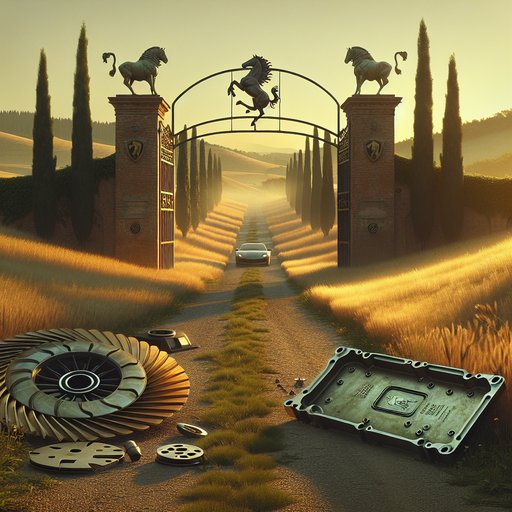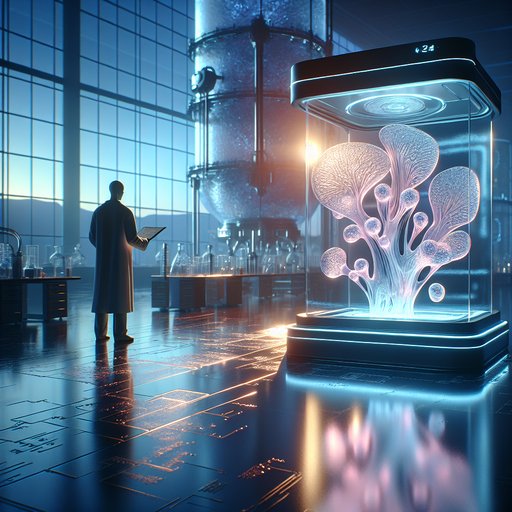
Quantum computing has evolved from a provocative idea in theoretical physics to a globally coordinated engineering effort, with laboratories and companies racing to build machines that exploit superposition and entanglement. Unlike classical processors that flip bits through irreversible logic, quantum devices manipulate wavefunctions with delicate, reversible operations that harness interference to reveal answers. This shift is not a faster version of today’s computing; it is a different model that excels at particular classes of problems, notably cryptanalysis and the simulation of quantum matter. Progress is tangible—larger qubit arrays, better control electronics, and maturing software stacks—but the field is still constrained by noise and the overhead of error correction. Understanding what quantum computers can and cannot do today is essential to charting realistic timelines for secure cryptography and scientific discovery.

Electric power systems are being redesigned for a world where wind and solar play a leading role. This transformation goes far beyond adding turbines and panels; it requires new sensors, software, market rules, and hardware that can keep electricity reliable when supply varies with weather and demand shifts by the hour. Smart grid technologies—spanning advanced metering, real‑time control, and flexible demand—are turning passive networks into dynamic platforms. At the same time, operators are learning to integrate inverter‑based generation, large-scale storage, and responsive loads to preserve stability without relying on fossil plants. The result is a grid that is cleaner, more resilient, and increasingly digital, but one that also demands careful planning, cybersecurity, and investment to deliver affordable, dependable power.

In the flat fields between Bologna and Modena, two emblems faced one another across hedgerows and centuries: a prancing horse painted on factory gates in Maranello, and a snorting bull cast in bronze in Sant’Agata Bolognese. The story of Ferrari and Lamborghini is not a tale of wheel-to-wheel duels as much as it is a contest of pride, engineering, and the stubborn refusal to be second. It begins with a clutch plate and ends—so far—with electricity humming beneath carbon tubs, but the middle is all gasoline, metal, and the heat of Italian summers.

In a windowless room behind a pediatric cardiac ward, a machine draws filaments of shimmering, cell-rich gel into patterns that look like frost on glass, building a sliver of living tissue the color of a dawn bruise. It is not a heart, not yet, but it might strengthen one: an engineered patch for a child whose next birthday was never guaranteed. Down the hall, a researcher scrolls through a design that treats tissues as cities and capillaries as streets, while halfway around the world, a fermentation tank the size of a bus churns out the proteins that make the gel possible. Organ printing and synthetic biology are edging from promise to practice, changing how we treat disease and grow food, and quietly redrawing the boundaries of what a body is allowed to be.























































